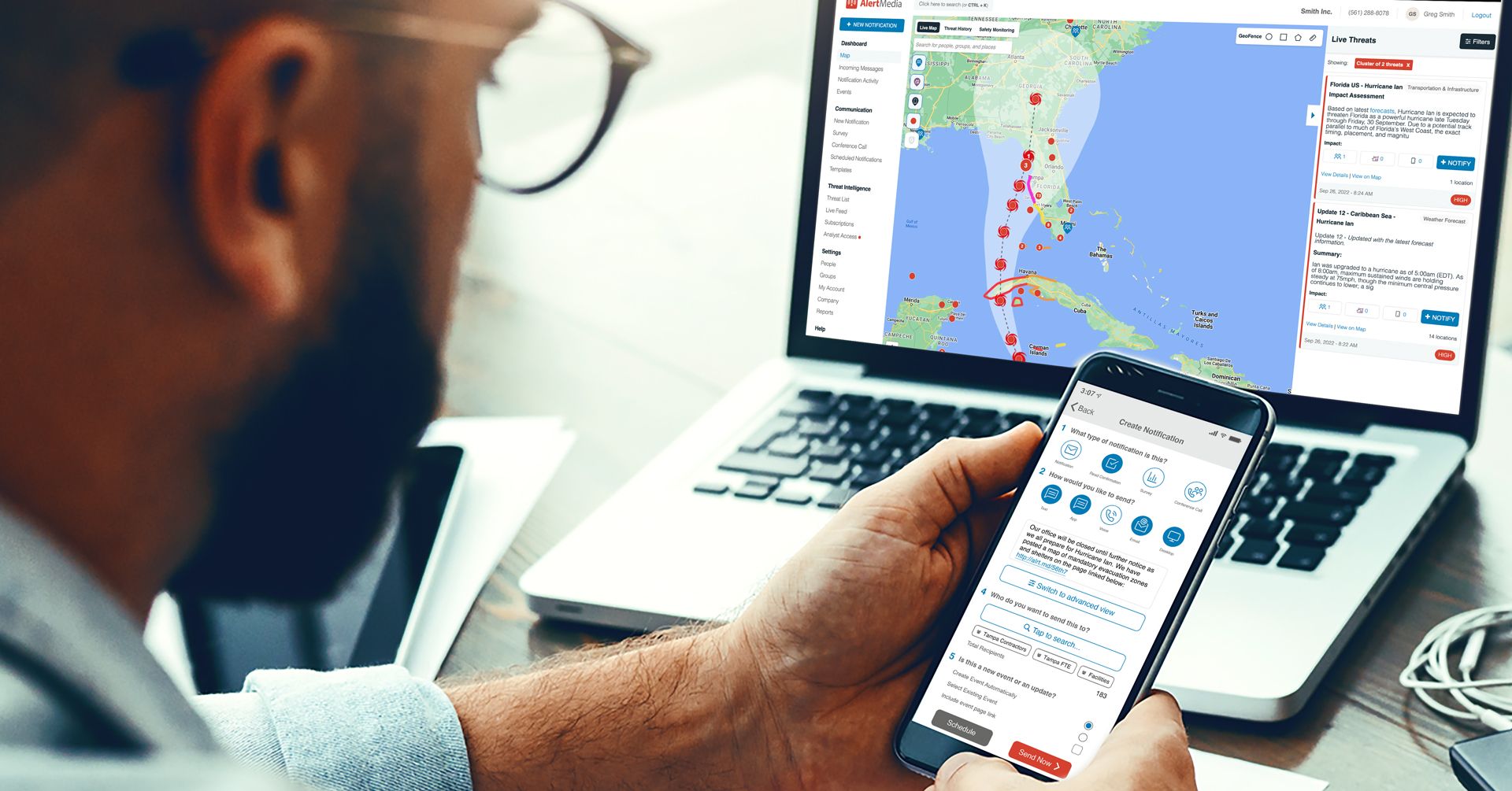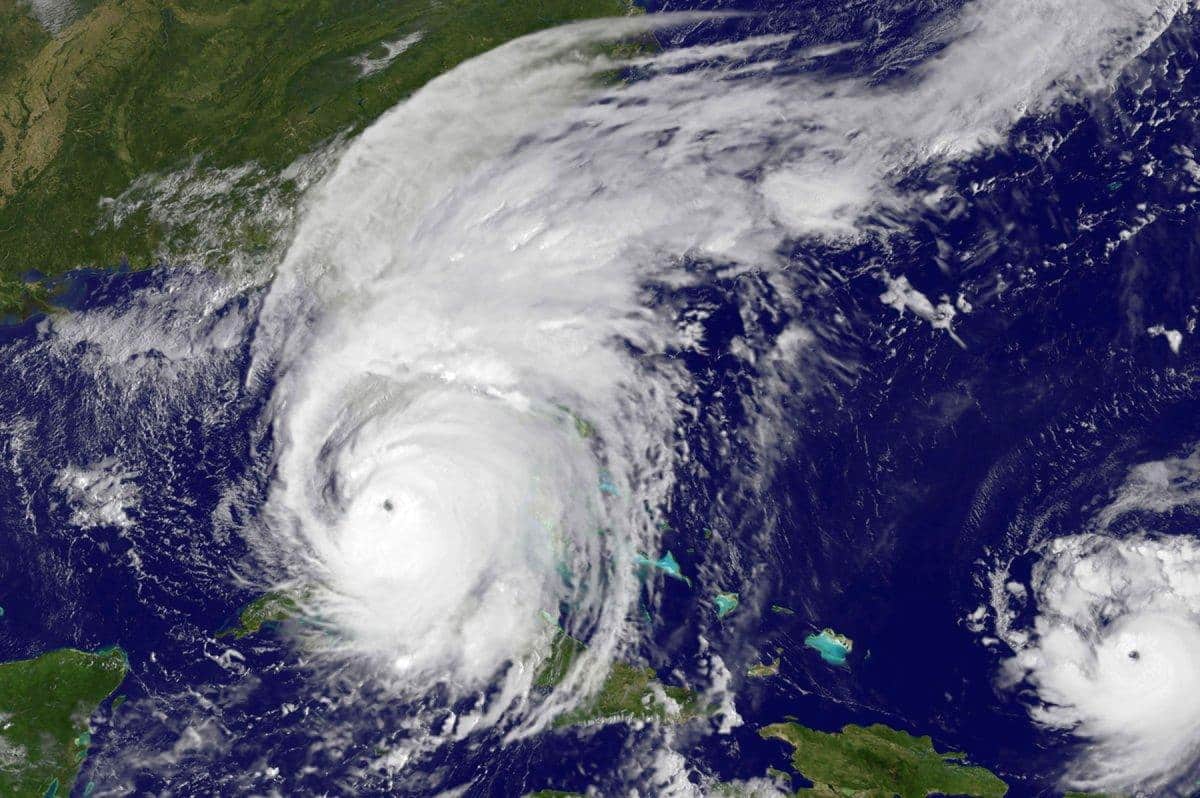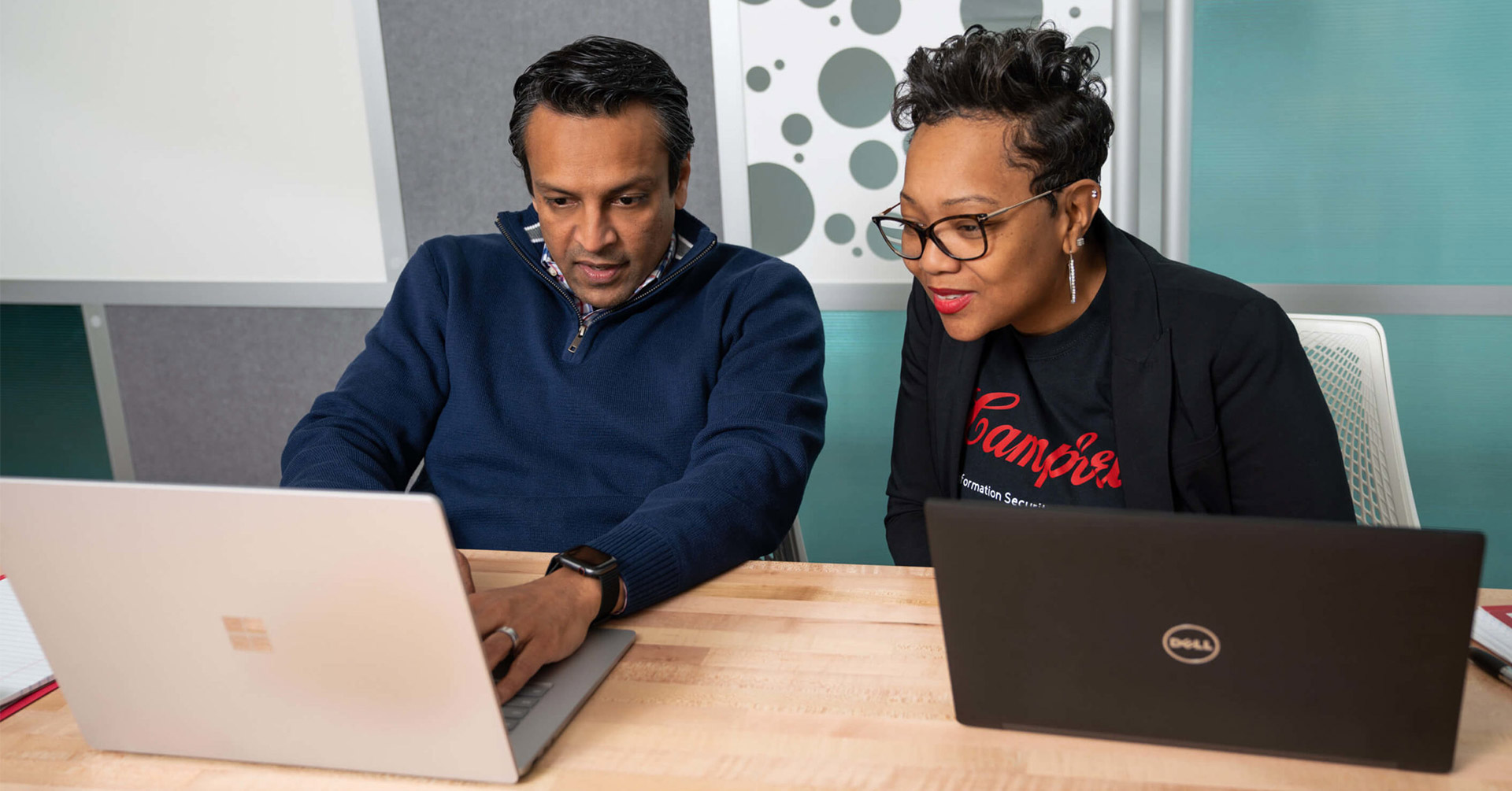
Leading by Example: Employee Safety Lessons From Industry Leaders
In this post, we highlight best practices and lessons learned from several of the industry’s foremost safety and emergency preparedness leaders and brands.
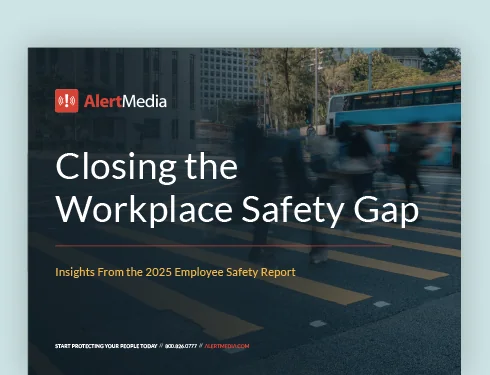
From severe weather and technology failure to workplace violence and civil unrest, emergencies have the power to throw even an organization’s best-laid plans into disarray. Circumstances can change in the blink of an eye, and for safety and emergency preparedness leaders, this often means needing to think on their feet, communicate clearly, and remain calm under pressure—no easy feat.
Over the past year, we’ve seen safety leaders take on an even more important role as organizations responded to new remote work challenges, severe weather threats, and the ongoing coronavirus pandemic. Many navigated the challenging environment with fierce determination.
We’ve been lucky to speak to a few about their experience on The Employee Safety Podcast, during which they shared their tips for how best to navigate a crisis and more. Below, we’ve outlined each of the core lessons they learned alongside some additional advice from the industry’s leading experts.
Make Safety a Core Company Value
Any construction company will tell you safety takes the utmost priority. A construction site happens to be one of the most dangerous working environments for employees, who have to worry about everything from falling objects to getting injured on the job. But working in a high-risk industry can also teach us valuable lessons. Just ask Scott Gerard, Vice President of Environmental Health & Safety at Moss Construction.
With nearly two decades of experience working as a safety practitioner, Scott knows the key to implementing new safety procedures—for any industry, not just construction—starts with weaving safety into the core of your company’s culture.
“At Moss, we think of safety as more than just a priority—we think of it as a value,” Scott shares. “That’s a very important distinction. Priorities within an organization—or an individual—can change with external pressures. For instance, if we fall behind on a schedule and add more staffing to work overtime, that might conflict with a financial priority. But a value is who you are all the time. Your values never change. That mindset has been with the company since day one.”
Changing your company’s culture doesn’t happen overnight, and it takes a lot of effort and intention. But it can be done. Start by taking an educational approach and make your employees aware of the dangers they may face by discussing the possibilities that could arise in different situations. Schedule follow-up trainings, then provide the right tools and technology that will help them feel safe, empowered, and able to do their jobs even if an emergency should arise.
Additionally, consider making safety a core part of your code of conduct. Nike, for example, believes employee safety in the workplace is a fundamental right. As such, it publishes its health and safety policies publicly so that everyone, even the general public, can view its safety systems and rules. Employees rest easy knowing their safety is a priority for the company, and the company knows it has to hold itself accountable to its promise.
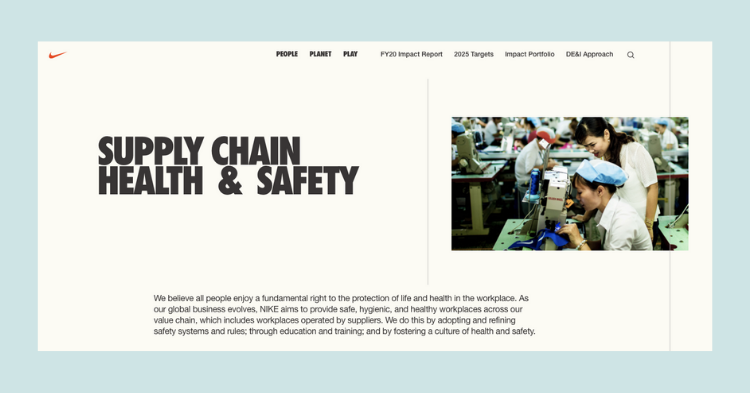
Don’t Be Afraid to Evolve
When the pandemic hit last March, every company on the planet had to rethink its safety operations. But even beyond the COVID-19 pandemic, we see threats evolving every year. Weather events continue to increase in severity, and we’ve also seen a rise in civil unrest and active demonstrations. In fact, according to one study, almost a quarter of the world’s countries witnessed a surge in protest and unrest in 2019, and 75 countries will likely experience an increase in protests by late 2022.
The point, according to Cal Mathis, Vice President and Chief Security Officer at S&P Global, is that any safety and security leader must be open to evolution. Speaking to Security magazine, Mathis outlined his team’s approach to the pandemic and how it has transformed his security team’s makeup.
“We immediately moved to limit travel and closed offices within mainland China, and then started spreading out from there. By mid-March, we had gone fully remote, 100 percent mandatory work from home, globally. Since then, we’ve been meeting every week without fail, evaluating issues confronted by our employees and businesses and identifying solutions. We apply crisis management principles and make sure we have visibility on emerging threats and infection trends.”
Due to the thorough approach and preparation, employees responded to the changes positively. “Before coronavirus, employees generally contacted Global Security when there were safety issues to manage,” explained Cal. “Now we are called all the time to respond to questions, provide guidance and address concerns.”
Keeping employees safe and informed during emergencies and other critical events is difficult under any circumstances, but it has become exponentially more difficult in our new remote work environment. S&P Global addressed these challenges by being more proactive in their communication, but employers should also consider how they can stay ahead of future potential risks.
Real-time threat intelligence and monitoring allows organizations to track events that may impact your people by automatically telling you what’s happening at any given moment in all the locations where your people are working. With remote employees spread across hundreds of different locations and many choosing to work from alternative sites during the pandemic, robust threat intelligence helps employers identify and communicate relevant threats to employees based on their current location, not a static address. The additional insight given will only further enable you to evolve much more quickly when necessary.
Give Employees Peace of Mind
As Cal highlighted above, when it comes to emergencies, the only predictable thing about them is uncertainty—about when or where they’ll strike, how severe the impact will be, and how long the crisis will last. To prepare for that unpredictability and change, both Avril Eklund, Head of Global Workplace Security & Safety, and Sean O’Mara, Senior Manager of Crisis Management and Business Continuity at GitHub, believe companies need the trust of their employees.
Avril explains, “People looked to [our security team] as a source of information. The more chaotic the real world got, especially with so much disinformation out there and lack of clarity about what to do about COVID, what are the sources of truth, people come back to what feels normal to them, which is the workplace.”
Alissa Stuckey, Senior Director of Business Resilience and Senior Vice President at Santander Bank, N.A., echoes a similar sentiment. Speaking with the International Crisis Management Conference, Alissa shared:
“When it comes to a crisis situation, being forthright and transparent is always the way to go. If you don’t speak the truth from the start, someone is going to find out one way or the other, especially with the onslaught of social media. The most common mistake organizations make is simply not being honest.”
According to the Edelman Trust Barometer published earlier this year, trust between employers and employees hit an all-time high, with 61 percent of respondents saying they trust businesses to do the right thing—significantly higher NGOs (57 percent), government (53 percent), and media companies (51 percent). Employers who put their employees first and prioritize their safety benefit from increased employee morale, trust, and retention, as well as improvements to their bottom line.
Avril and Sean continue: “The goal of our security team has always been to support the business and make sure our employees can do their best work and not be worried about security and not be worried about their safety…if there are things we can do to give them peace of mind, then we’ll do what we can to try and fulfill that [need].”
Eliminate employee concern and anxiety through regular communication. Especially when a situation continues to change as new information emerges, commit to a regularly scheduled update (i.e., every Friday) and stick to it—even if you don’t have any critical information to share. This is the first step in building trust with your employees, and it’ll make them feel more confident in their response during future emergencies.
““Learning doesn’t require experiencing a major crisis. You always should conduct some type of after-action review, whether it’s a formalized process with departments getting together or just the security management team discussing what could have been done differently.””Kevin Dooley Senior Director of Security and Transportation, San Diego Padres
Explore the ‘What Ifs’
The degree to which you can effectively respond to an emergency depends on the level of effort put into your planning process. An emergency response plan ensures your business will always be ready should disaster strike. Of course, the first step to developing an effective plan is identifying the types of events you may need to communicate about.
For Kevin Dooley, Senior Director of Security and Transportation for the San Diego Padres, that means constantly reviewing previous incidents and coming up with areas for improvement.“
Learning doesn’t require experiencing a major crisis,” he says. “You always should conduct some type of after-action review, whether it’s a formalized process with departments getting together or just the security management team discussing what could have been done differently.”
Speaking of his experiences during COVID-19 when his team identified gaps in their security coverage, Kevin shares, “Fortunately, we were able to mitigate the threat, and there was no harm. But it challenged us to look at the event from a ‘what if’ scenario. Since then, we’ve built a more effective method to conduct our interior and exterior security checks.”
Once you’ve narrowed down your ‘what if’ scenarios, it then becomes important to decide how you will communicate those scenarios to employees should they occur. If a sense of urgency is needed, consider communication channels beyond email, including phone, SMS, and mobile app notifications. The best communication plans take a multichannel approach to ensure that no matter what your employees’ situations may be, they’ll get the messages they need, when they need them.
Safety Takes Hard Work and Commitment
The above examples should give you an idea of how difficult a safety and emergency preparedness leader’s job can be on a day-to-day basis. The job takes hard work, perseverance, and commitment, and we’re forever grateful. To hear more advice from safety leaders, be sure to subscribe to The Employee Safety Podcast to get fresh insights and best practices delivered to your inbox every week.


